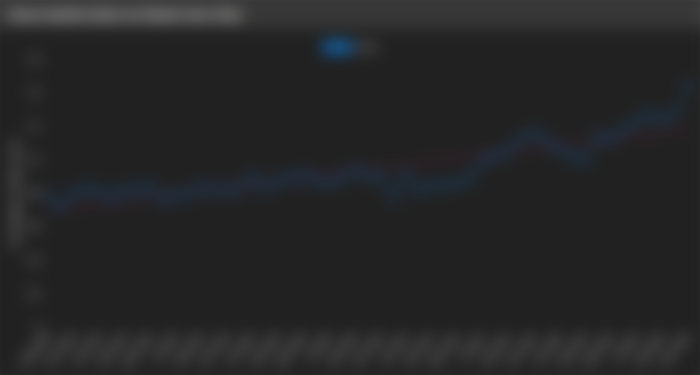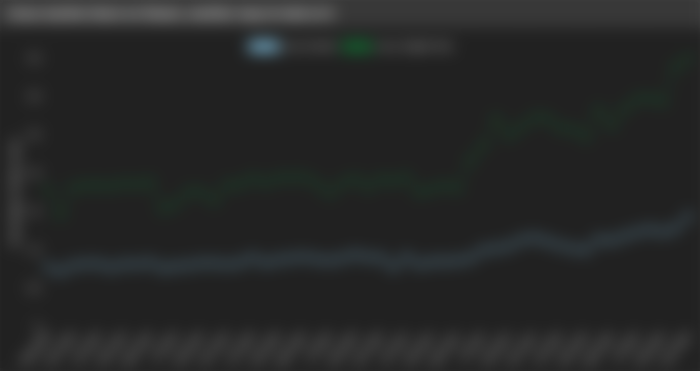The State of Linux Gaming - 2022 in Review
Now that 2022 has come and gone, I think this is a good time to sit down and reflect on how Linux gaming has evolved over the past year. On February 25, 2022, Valve launched the Steam Deck to select markets. It proved to be a rather capable portable PC with generally favorable reviews. The tinkering audience was impressed with its mostly pro-repair design.
Most notably, the Steam Deck runs on SteamOS 3, an Arch-based Linux distribution that gives users a lot of flexibility on how to use their devices. You can change the refresh rate of the screen, for instance, to 40Hz to cap the framerate at 40fps to save battery life while maintaining some smoothness. Or you can limit the GPU frequency or wattage for the same purpose. FSR 1.0 can be turned on to boost framerates at the cost of image fidelity (works the same way as RSR on Windows). Best of all, you can save the specific settings per game so you don't have to unnecessarily re-implement the variables every time you boot a game.
The market impact of the Steam Deck has been significant. At year's end, over 7000 titles are either 'Steam Deck verified' or playable of which they are also playable on desktop Linux. Starting from a 1.06% marketshare on Steam, Linux hit a year high of 1.44% in November 2022. When counting only English-speaking users, Linux makes up an impressive 3.5% share which its highest. It did slip a bit by the end of 2022, falling to 1.38% though Phoronix noted something weird is going on with the numbers like Linux Mint and Pop!_OS gaining their entire shares in a single month. GamingOnLinux writer Liam Dawe opted to not include December 2022's numbers in his Steam tracker for now.


Source: GamingOnLinux
Even when taking December's numbers at face value, Linux still boosted its marketshare by 30.2%. Comparatively, Linux boosted its marketshare by 22% in 2021 and in 2020, its marketshare actually dropped. In StatCounter, Linux hit an all-time high of 2.93% marketshare. Effectively, 2022 was Linux's most productive year.
And it is very possible that Linux can do even better in 2023. Very recently, Steam Deck shipments began arriving in Japan, Hong Kong, and Taiwan in December 26 followed by South Korea in December 30. This is not just some ho-hum launch as the commuting populations in these markets are rather substantial, leaving a big niche for the Steam Deck to exploit. Japan, in particular, largely prefers handhelds over home consoles as the Nintendo Switch easily outsells the PlayStation 4 and 5.
Additionally, Valve has yet to release the desktop version of SteamOS 3. There are a plethora of user-friendly distros like Linux Mint. However, some of them run on older kernels and drivers as they prioritize stability over cutting edge features. As SteamOS is Arch-based, it kind of puts each foot in both realms while also being user friendly.
What will be a difference between Linux growing a little bit and 'booming' is if Valve can get hardware manufacturers to sell their products with SteamOS pre-installed, i.e. Steam Machines, but much better executed. I alluded to this at the end of my previous "State of Linux" post. The vast majority of Steam Deck users (>99%) use what is pre-installed. The average user either does not know or is not willing to install an operating system, so selling hardware with SteamOS out of the box cuts out that bottleneck.

